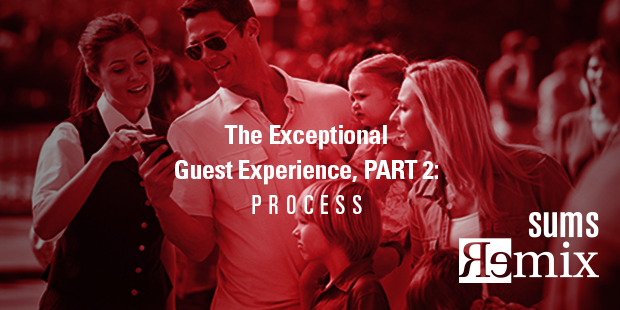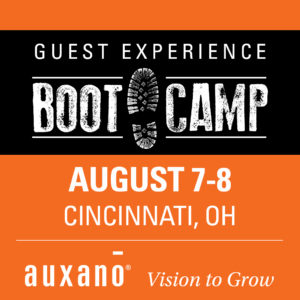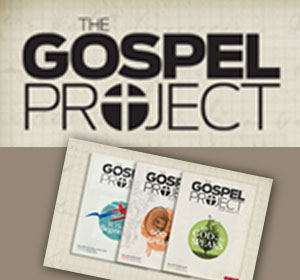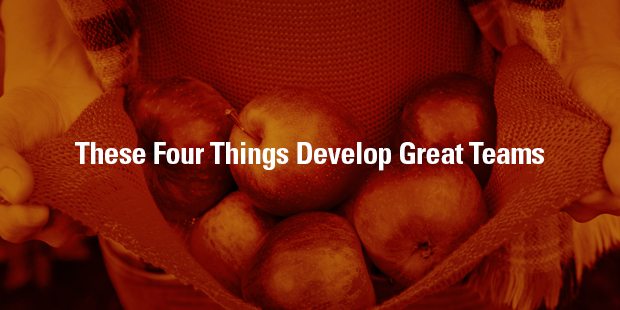
The Exceptional Guest Experience, Part 2: PROCESS
At Auxano, we’ve walked with more than 500 churches through a process called the Guest Perspective Evaluation. And when they’re done, they all ask, “What’s next?”
Amazingly, most church leaders don’t actually have a plan they can use to improve their Guest Experience!
Ask them about their strategy and you’ll discover it boils down to this:
We’ll be friendlier.
It’s understandable. Church leaders are too busy on the weekend to actually understand what Guests see – and experience – to really know how to make things better. After all, your church is “friendly,” right? And that is all you need to have a good Guest Experience.
But why settle for good?
An exceptional Guest Experience ministry doesn’t have to be complicated. We recommend you execute on just three things:
- Place
- Process
- People
Focusing on these three things will allow you to welcome first time Guests, welcome back returning Guests, and create a culture of hospitality within your church that extends your ministry beyond your walls.
The catch?
Each of these three elements shares one requirement: paying attention to details.
It’s impossible to have an exceptional Guest Experience unless you pay attention to details.
Want to learn how to create an EXCEPTIONAL Guest Experience at your church? Check out Auxano’s Guest Experience Boot Camp, coming to Orlando, FL, April 3-4.
The PROCESS you use to welcome Guests
THE QUICK SUMMARY – Disney U, by Doug Lipp
In helping Walt Disney create “The Happiest Place on Earth,” Van France and his team started a business revolution in 1955 that eventually became the Disney University—the employee training and development program that powers one of the most famous brands on earth.
Disney U examines how Van France’s timeless company values and leadership expertise have turned into a training and development dynasty: the Disney U. The book reveals the heart of the Disney Culture and describes the company’s values and operational philosophies that support the world-famous Disney brand.
Doug Lipp is an internationally acclaimed expert on customer service, leadership, change management and global competitiveness, specializing in the lessons he learned at the Disney U.
A SIMPLE SOLUTION
Walt Disney knew that the key to delivering a great experience in a living movie setting like Disneyland meant designing defect-free processes and flawlessly repeating them. However, the setting of Disneyland itself – having different “lands” requiring different sets of operations, maintenance, cast members, and a myriad of other details – became complicated very quickly.
The same thing happens at your church: the enemy of your Guest Experience is complexity.
Walt Disney was able to work out a solution, and that solution can be instructive for your church, too.
Providing the Happiest Place on Earth means that cast members must manage a delicate balance of priorities; without clarity, the task becomes overwhelming.
As Disneyland exploded onto the scene in 1955, Disney Guest Experience pioneers Van France and Dick Nunis recognized the challenge. In response, they simplified the inherently complex environment of a theme park by providing every cast member with crystal-clear marching orders during his or her Disney University orientation.
Dick Nunis came up with a program which, at the time, was a totally new concept for operations. The four elements of theme park operations were listed in order of their importance.
– Van France
Simple service standards can be powerful tools in any organization.
What happens when a child at a Disney Park drops a Mickey ice cream bar?
- Is it tough luck for the unhappy child?
- What about the sticky mess on the busy sidewalk?
- How would you handle a tired, irate parent?
- What’s the impact on the bottom line?
There’s not an easy answer for the situation above – or for the tens of thousands of other daily occurrences that happen in a Disney theme park. But somehow most front-line Cast Members manage to take care of situations quickly in ways that keep the Guests happy.
How do you train cast members to handle whatever may come up in a normal – or not so normal – day in the park?
The recipe for creating and repeating the magical environment at Disneyland involved boiling down park operations into four priorities that represent the values driving every decision made by front-line Cast Members.
At the time, these four priorities, known as “the Four Keys,” were a totally new concept for operating a complex organization like a theme park. Listed in order of importance, they are:
- Safety – The most important priority for Guests and cast members. Cast members must often protect Guests from themselves! Guests distracted by the beautiful architecture may walk into lampposts and walls. Every operations and design decision must first address safety.
- Courtesy – The second most important priority after safety is courtesy. Cast members know the value of the smiles on their faces and in their voices and the importance of engaging Guests. A lack of cast member courtesy will poison the safest and most interesting environment.
- Show – Once safety and courtesy are assured, attention turns to show. Well-maintained attractions and facilities populated by well-groomed cast members ensure good show, a condition Walt Disney passionately promoted.
- Efficiency – This last priority refers to the number of Guests enjoying the attractions, restaurants, and retail shops. This is the “hard numbers” portion of a business. By placing numbers last, the SCSE model makes a clear, somewhat paradoxical statement: accomplishing the first three priorities ensures that this fourth one is sustainable in the form of happy and loyal cast members and Guests.
Disney’s Four Keys serve as a compass for creating happiness and serving others. More than five decades after they were created, these Four Keys continue to serve as the foundation for everything Disney does. Any organization would be envious to have several key standards stand that test of time. It is at the heart of what has made Disney the powerful name it is today.
Doug Lipp, Disney U
A NEXT STEP
Simple service standards can be powerful tools in any organization. By establishing a framework of values from which every team member operates, they have a sense of ownership and purpose. The use of standards creates a consistent image across the entire organization.
At a future team meeting, reproduce this SUMS Remix, and ask your team to read this entire section. As a team, discuss the following questions,
Simplify the Complex
- How are complex operations and processes communicated in your organization?
- Are priorities succinct and memorable?
- How are complex and vital procedures and priorities communicated in your organization?
It’s All about the Basics
- How do you help team members understand standard operating procedures and priorities?
- Are team members actively involved as change agents, or do they wait for direction?
- Are policies followed? If not, why not?
Great Trainers Transfer Knowledge
- How does your training staff leverage experience from one area to another?
- What do you do to encourage interactions with Guests and attendees?
Making Your Standard Manageable
- What is your organization’s equivalent of the Four Keys?
- Can your team member manual be simplified?
- What are your priorities? Can you summarize your standard operating procedures and priorities, regardless of complexity, with memorable phrases or acronyms?
Excerpt taken from SUMS Remix 72-2, August 2017.
This is part of a weekly series posting excerpts from one of the most innovative content sources in the church world: SUMS Remix Book Summaries for church leaders.
SUMS Remix takes a practical problem in the church and looks at it with three solutions; each solution is taken from a different book. Additionally, a practical action step is included with each solution.
As a church leader you get to scan relevant books based on practical tools and solutions to real ministry problems, not just by the cover of the book. Each post will have the edition number which shows the year and what number it is in the overall sequence. (SUMS Remix provides 26 issues per year, delivered every other week to your inbox).
> > Subscribe to SUMS Remix <<
| Check out Auxano’s Guest Experience Boot Camp in Cincinnati, OH on August 7-8. |


Tags: Church Guest Experience, Disney U, Doug Lipp, Guest Experience, Guest Experience Boot Camp, Process, SUMS Remix

















